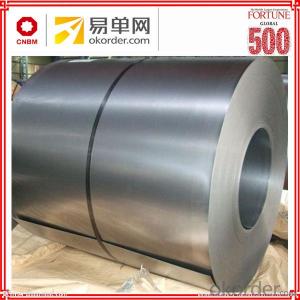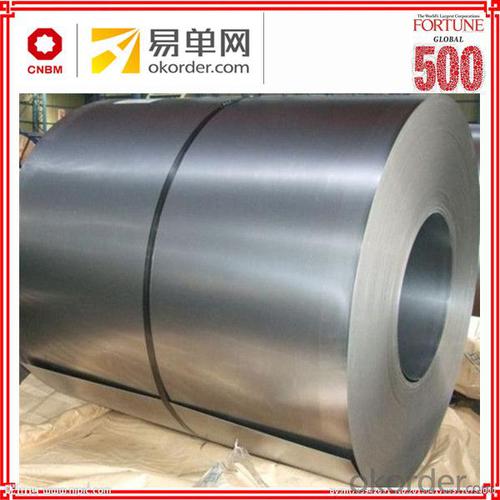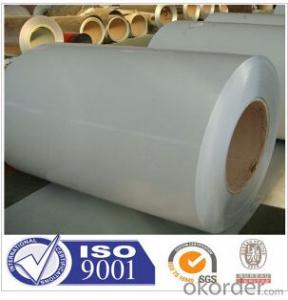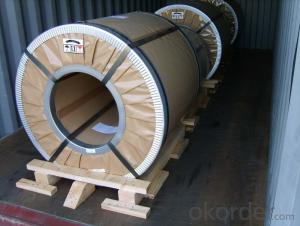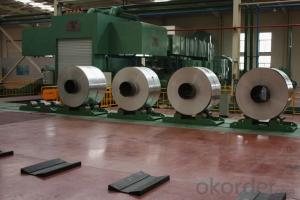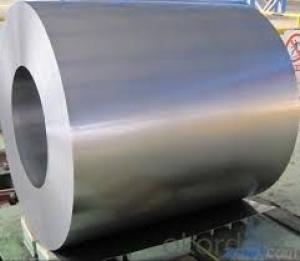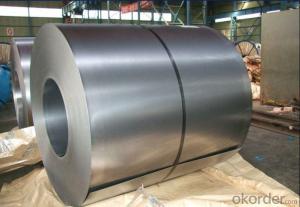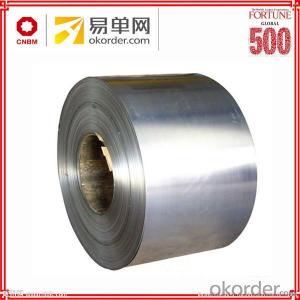cold rolled spcc material specification/crca steel price per kg
- Loading Port:
- Shanghai
- Payment Terms:
- TT OR LC
- Min Order Qty:
- 50 m.t.
- Supply Capability:
- 56437 m.t./month
OKorder Service Pledge
OKorder Financial Service
You Might Also Like
Specification
The raw material of cold rolled steel coil/sheet is high quality hot rolled product. Cold rolled steel coil/sheet as defined
in the EN 10130/98 standard, with guaranteed maximum mechanical characteristics and guaranteed minimum ductility
and formability.
It is suited to formation by bending or drawing, which enables complex parts to be produced in good repeatable conditions
and intended for indoor use.
These cold rolled steel coil/sheet grades have excellent formability, which facilitates cold forming operations, and are ideal
for deep drawing. Our range of steels for cold forming offer excellent forming performance, due to the low scattering of their
chemical composition and their mechanical properties, which guarantees processing consistency.
Standard and Grade :
Cold rolled steel coils | ||||
JIS G3141-2005 | EN10130-2006 | ASTM A1008-12a | ||
Commercial quality | SPCC | DC01 | CS Type A/B/C | |
Drawing quality | SPCD | DC03 | DS Type A/B | |
Deep drawing quality | SPCE SPCF(non aging) | DC04 | DDS | |
Extra deep drawing quality | SPCG(non aging) | DC05/06 | EDDS | |
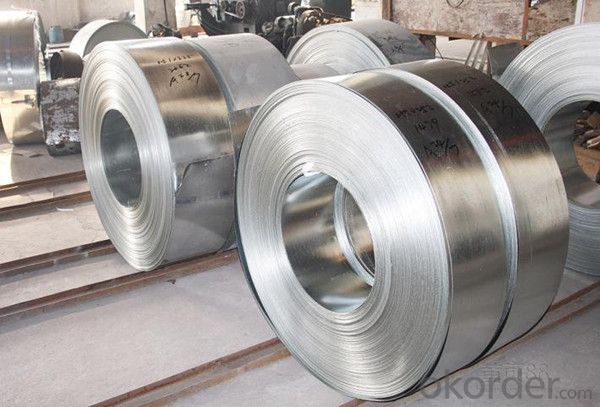
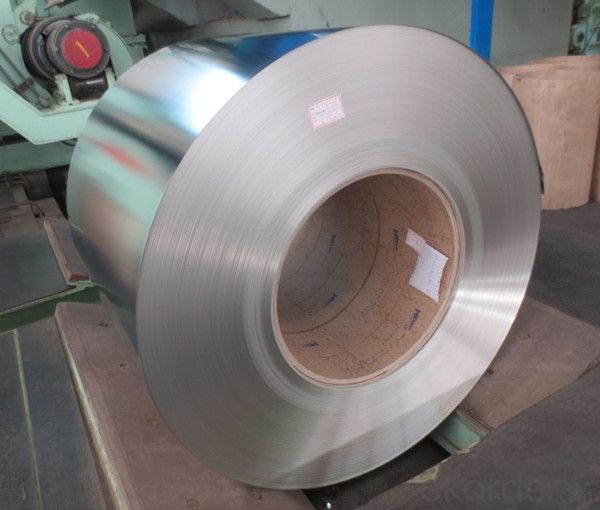
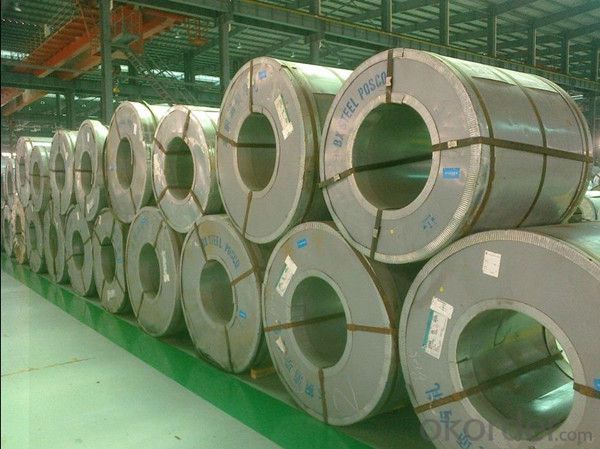
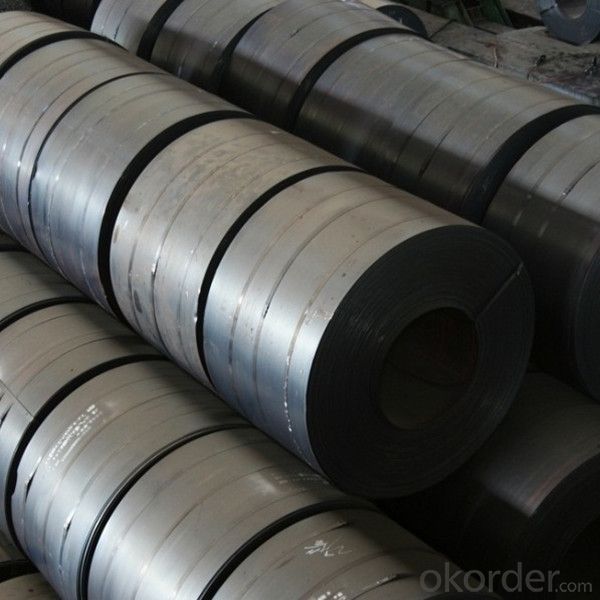
Application :
Automobile Industry, White Goods, Home Applicances, Oil & Air filters, semi product for coating with enamel or zinc, construction &
building sector, air-conditioning, furniture, radiators, tubes, profiles, mechanical construction, shelving, containers, drums
Packing:
Packaging Detail | The packing of coil consists of anti-damp paper ,PVC film ,hardboard paper , steel box , strapped with steel strips, fitted with locks and edge protectors and guarantees the optimal condition of the delivered goods. Each coil can be additionally fitted with wooden/steel skids(eye of the side) or wooden pallets(eye of the sky) |
Delivery Time | within 30 days of receipt of LC original or prepayment |
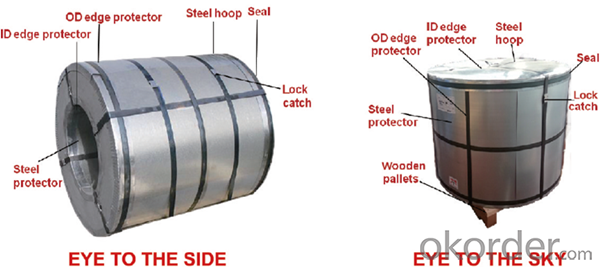
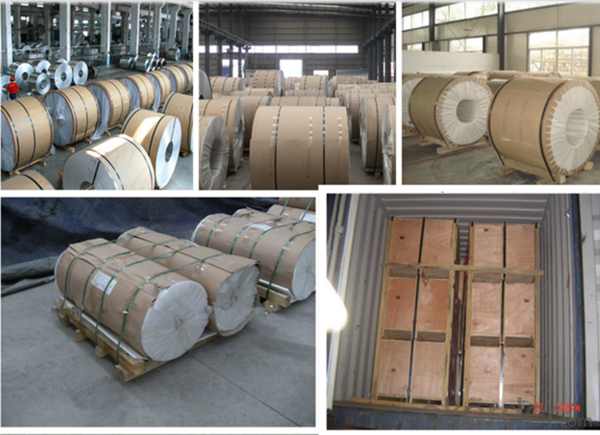
Our Services:
MOQ | FCL, 25 metric tons per 20GP, can be assorted with different sizes. |
LCL for trial order is acceptable. | |
Price Term | EX-WORK, FOB China Port, CNF, CIF |
Payment | T/T, 30% advanced payment before production and balance before shipment; OR Irrevocable L/C at sight. |
Delivery Time | within 30 days of receipt of LC original or prepayment |
FAQ:
1. Can you offer OEM to me? What about MOQ?
Of course, we are a professional with OEM manufacturer for 9 years. the MOQ can be 50 ton/ order.
2. How to guarantee the quality of the products?
We have established the international advanced quality management system,every link from raw material to final product we have strict quality test;We resolutely put an end to unqualified products flowing into the market. At the same time, we will provide necessary follow-up service assurance.
3. How long can we receive the product after purchase?
Usually within thirty working days after receiving buyer’s advance payment or LC. We will arrange the factory manufacturing as soon as possible. The cargo readiness usually takes 15-25 days, but the shipment will depend on the vessel situation.
4.How Can I Get Some Sample?
We are honored to offer you free sample, but courier charges will be on your side.
- Q: Want to construct a patio cover approx. 20 feet long. Only want to use a 6x6 or 8x8 post at each end. What size steel i-beam would I have to use to carry the load???
- First of all is it a rule of thumb with carpenters and ironworkers never to set steel on wood. I would use a 14 tall (2) ply lvl header. *Laminated veneer Lumber. This will hold the weight of the structure between your posts. A steel beam would be quite costly today as prices on steel have skyrocketed, plus you would need a boom truck or small crane to set this beam, and you would need some sort of mounting bracket or holes pre-drilled in the beam ends to secure it to the posts. Plus you would need to have the beam delivered and if your patio is in the backyard - you would need another pc.of equipment to get it around back. Advice from me is to go with an LVL beam. They are 1+3/4 Thick and you would need a (2 ply ) beam, which means you set one pc. and then laminate another one into the first. Glue between layers (use heavy duty liquid nails) and then Lag screw them together. Use 5/16 x 3 lag screws with a washer on each one. Pre-drill holes about 3/16 smaller than lag screws - then insert lag screws and tighten up with an electric impact.
- Q: I don't know why but I'm having a VERY difficult time finding the melting point of 1008 steel.
- It is still the same for 1008 steel. Go to the bottom and see the listing of the grades it covers. Since the only difference between the 1006 and 1008 steel is a few micro amounts of alloys and by far the greatest majority or main component is iron (99%), as a general melt temperature , 2750 F is the melt temperature at which the other alloys are added to the charge to fine tune the mix. Just like adding salt to distilled water actually lowers the boiling point of water, adding alloys to iron decreases the melting point of iron. The iron melts at 2800F, but once alloys to make the 1008 grade are added, it decreases melt temp to 2750F. Since the melting point of pure iron is 2800F, the temperature is actually decreased by adding these impurities of alloys. These alloys are tested while the mix is starting to come down from a pure melt, steel is sampled. and then alloys below are checked and added to make the 1008 steel. The steel is maintained at 2750 F so that the less volatile alloys don't boil off before combining with steel. Minimum Properties Ultimate Tensile Strength, psi 43,900 - 51,900 Yield Strength, psi 26,100 - 34,800 Elongation 42 - 48% Chemistry Iron (Fe) 99% Carbon (C) 0.08% Manganese (Mn) 0.6% max Phosphorus (P) 0.035% max Copper (Cu) 0.2% min Sulfur (S) 0.04%
- Q: Can steel coils be coated with chrome?
- Yes, steel coils can be coated with chrome through a process known as electroplating.
- Q: How are steel coils used in the production of metal panels?
- Steel coils are used in the production of metal panels as the primary raw material. These coils are fed into a roll forming machine, where they are uncoiled, flattened, and then shaped into the desired panel profiles. This process allows for efficient and continuous production of metal panels with consistent quality and strength.
- Q: Already on my team is Empoleon lvl 82Heatran lvl 74Scizor lvl 34Magnezone lvl 38What other steel types should I choose?
- skarmory ferathorn lucario dialga metagross
- Q: How are steel coils used in the manufacturing of electrical components?
- Steel coils are commonly used in the manufacturing of electrical components as they provide a sturdy and reliable framework. They are used to create magnetic cores, which play a crucial role in transformers, motors, and generators. Additionally, steel coils are utilized in the production of inductors and solenoids, where they help generate and control magnetic fields. Overall, steel coils are essential in electrical component manufacturing due to their ability to enhance the efficiency and functionality of these devices.
- Q: How are steel coils used in the manufacturing of HVAC systems?
- Steel coils are used in the manufacturing of HVAC systems as they serve as the main component of heat exchangers, which are responsible for transferring heat between the air and refrigerant. The steel coils provide a sturdy and durable structure for the heat exchanger while also allowing for efficient heat transfer, ensuring optimal performance in heating and cooling processes.
- Q: Apparently, this has to do something with electrochemical cells.
- Steel wood? I don't think there is such a thing?
- Q: How are steel coils manufactured?
- Steel coils are manufactured through a multi-step process that involves heating and shaping steel slabs, followed by passing them through a series of rolling mills to reduce their thickness and increase their length. The coils are then cooled, inspected for quality, and finally, wrapped and ready for shipping.
- Q: What are the different methods of skin pass rolling for steel coils?
- Steel coils can undergo skin pass rolling using various methods, each possessing its own distinctive characteristics and advantages. Some commonly employed techniques include: 1. Dry Skin Pass: This method entails passing the steel coil through rolls without applying any lubricant or coolant. The absence of these substances aids in enhancing the steel's surface finish by minimizing thickness fluctuations and achieving a smoother texture. 2. Wet Skin Pass: This approach involves utilizing a water-based emulsion or coolant during the skin pass rolling procedure. The coolant serves to decrease friction and heat generated during rolling, resulting in improved surface quality and reduced risk of surface defects. 3. Electrolytic Skin Pass: This technique utilizes an electrolytic solution during skin pass rolling. The steel coil is submerged in the solution, and an electric current is applied to the coil, leading to controlled surface etching. This method is particularly effective in improving surface cleanliness and eliminating oxide scale. 4. Temper Mill Skin Pass: This method combines skin pass rolling with a tempering process. The steel coil undergoes a series of rolls, followed by a heating and cooling process to achieve the desired mechanical properties and surface finish. This method is commonly employed for high-strength and automotive-grade steel coils. 5. Tension Leveling: In this method, the steel coil is passed through a series of rolls while under high tension. This elongates the steel, reducing residual stresses and shape defects, thereby enhancing flatness and dimensional stability. It is important to note that the selection of a skin pass rolling method depends on factors such as the desired surface finish, required mechanical properties, and the type of steel being processed. Each method offers its own advantages and limitations, and manufacturers typically choose the most suitable approach based on their specific needs.
Send your message to us
cold rolled spcc material specification/crca steel price per kg
- Loading Port:
- Shanghai
- Payment Terms:
- TT OR LC
- Min Order Qty:
- 50 m.t.
- Supply Capability:
- 56437 m.t./month
OKorder Service Pledge
OKorder Financial Service
Similar products
Hot products
Hot Searches
Related keywords
